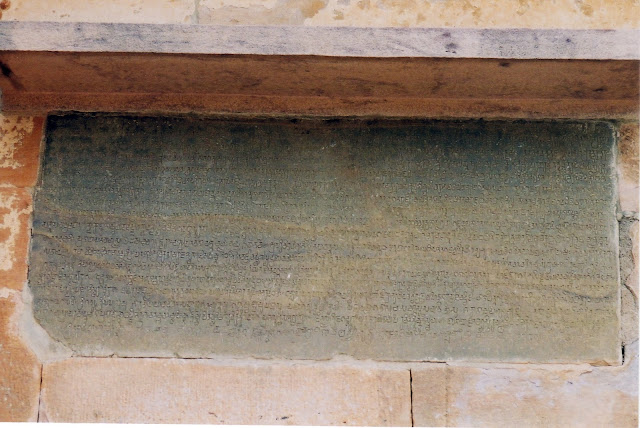Ashtadhyayi of Panini
Ashtadhyayi is a treatise on grammar composed in the 4th century B.C. by Panini. The work is the most detailed and scientific grammar composed before the 19th century in any part of the world. Consisting of over 4000 grammatical rules, Panini’s grammar is one of the greatest intellectual achievements of any ancient civilization. Later Indian grammars such as Mahabhasya of Patanjali and Kasika Vrtti of Jayaditya and Vamana are commentaries on Panini. Panini was associated the ancient university of Taxila or Takshashila. Reference: The Wonder that was India by A. L. Basham


